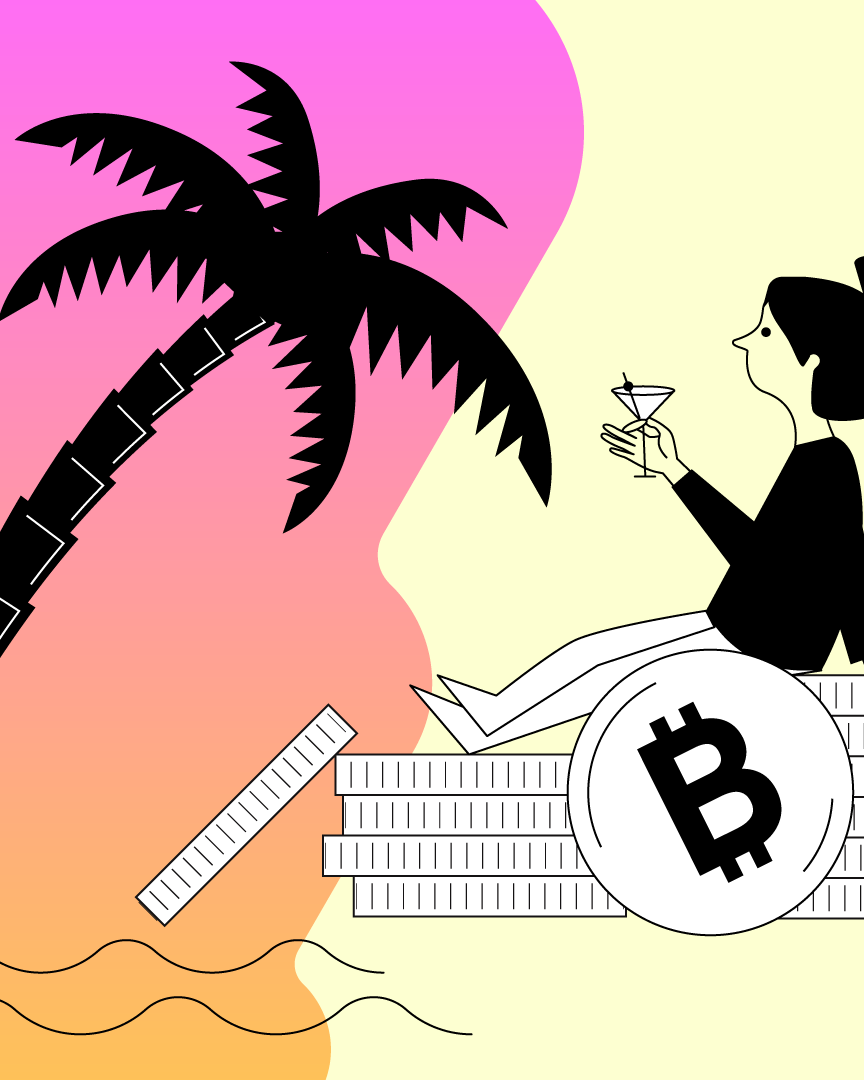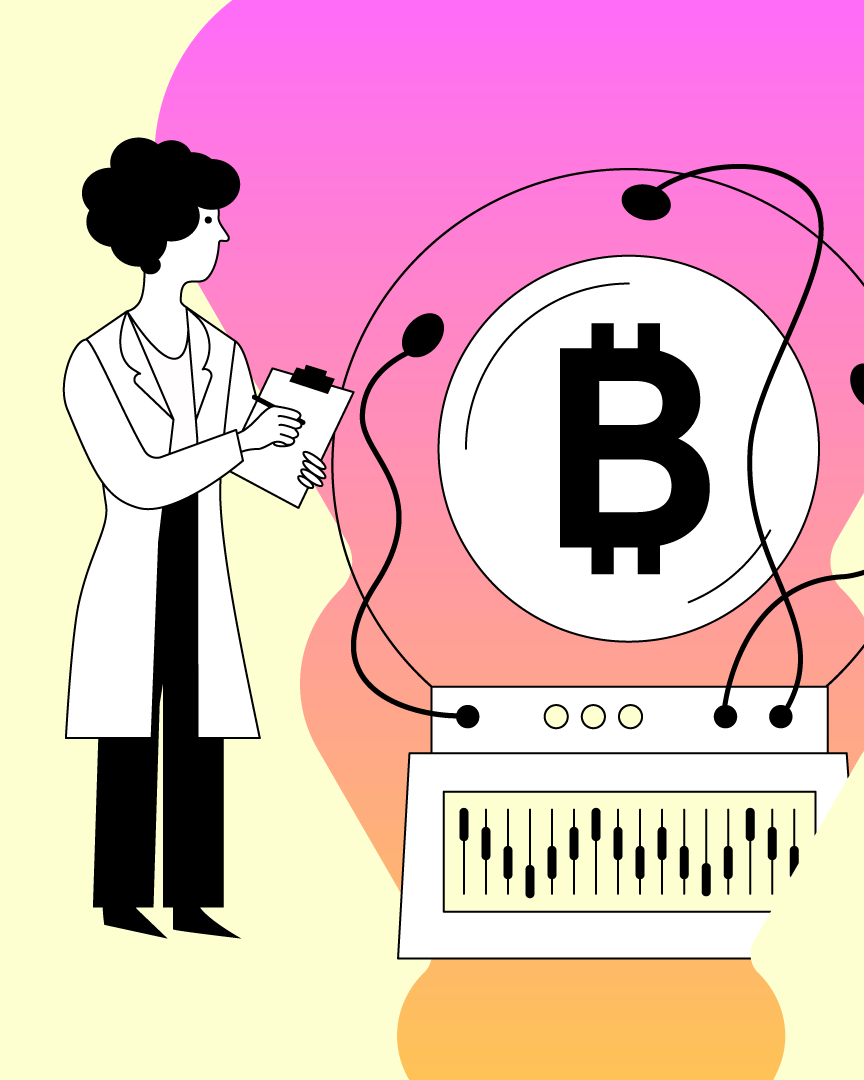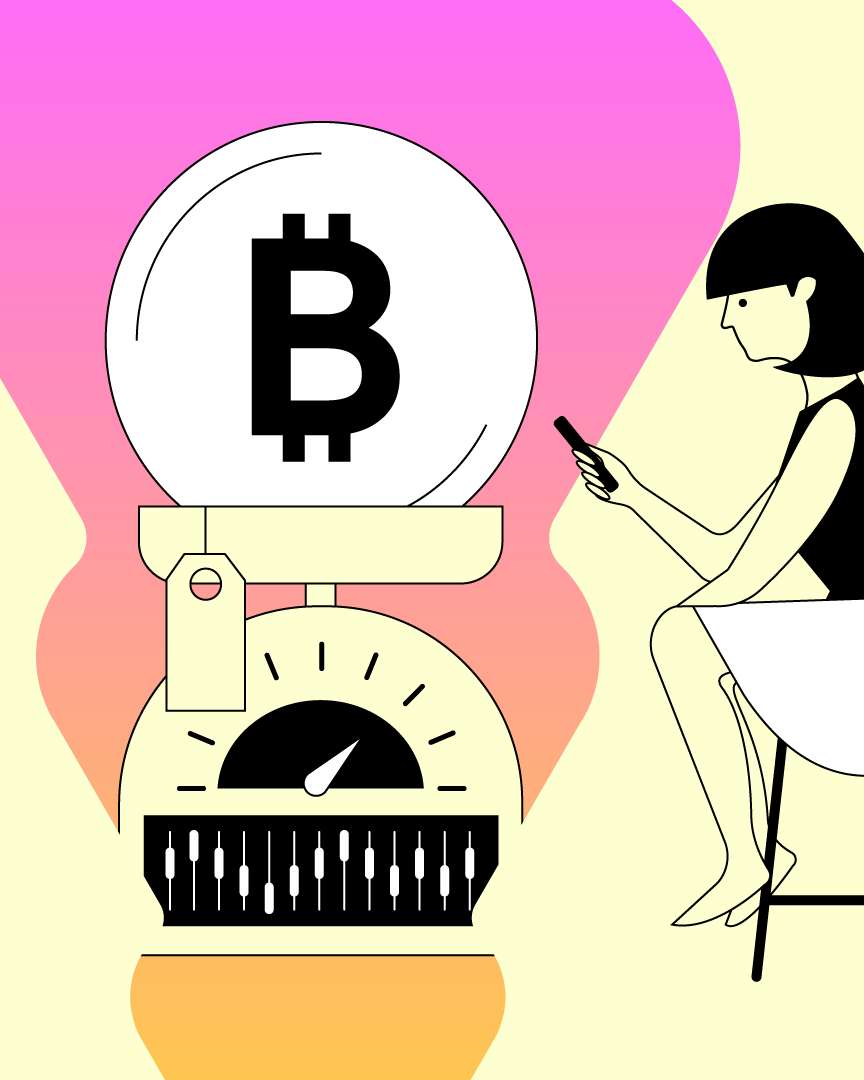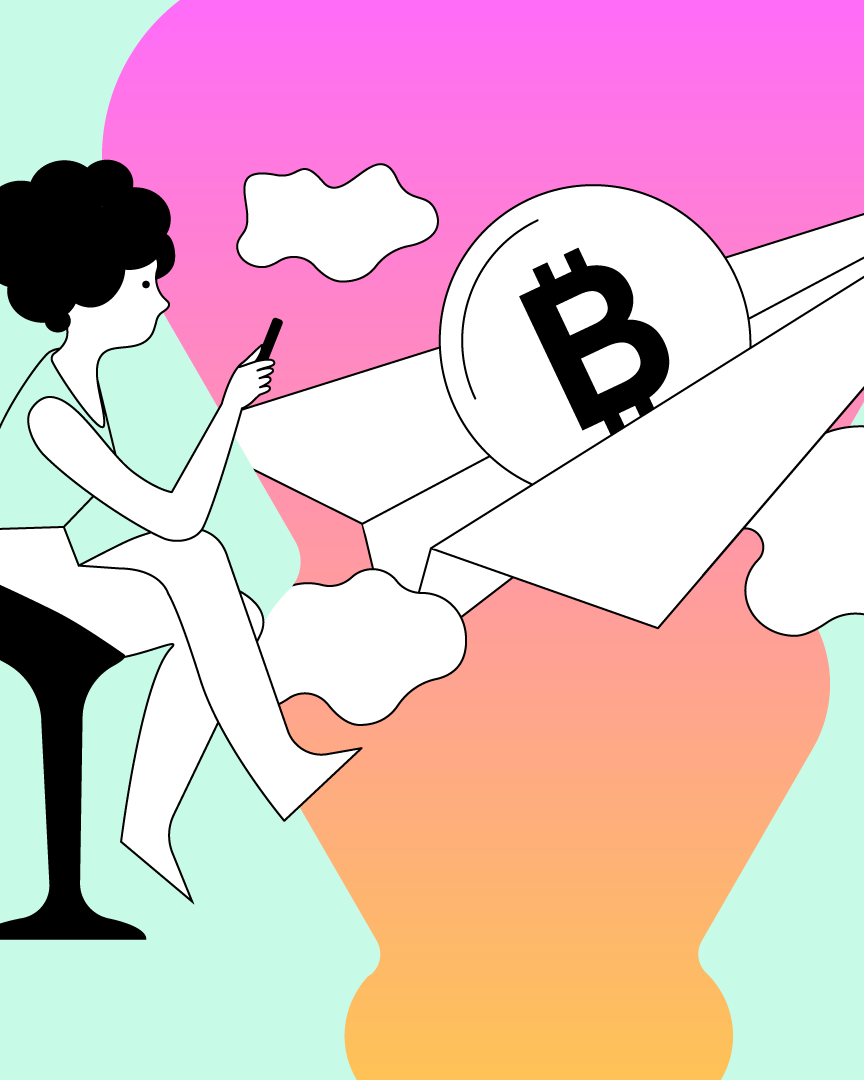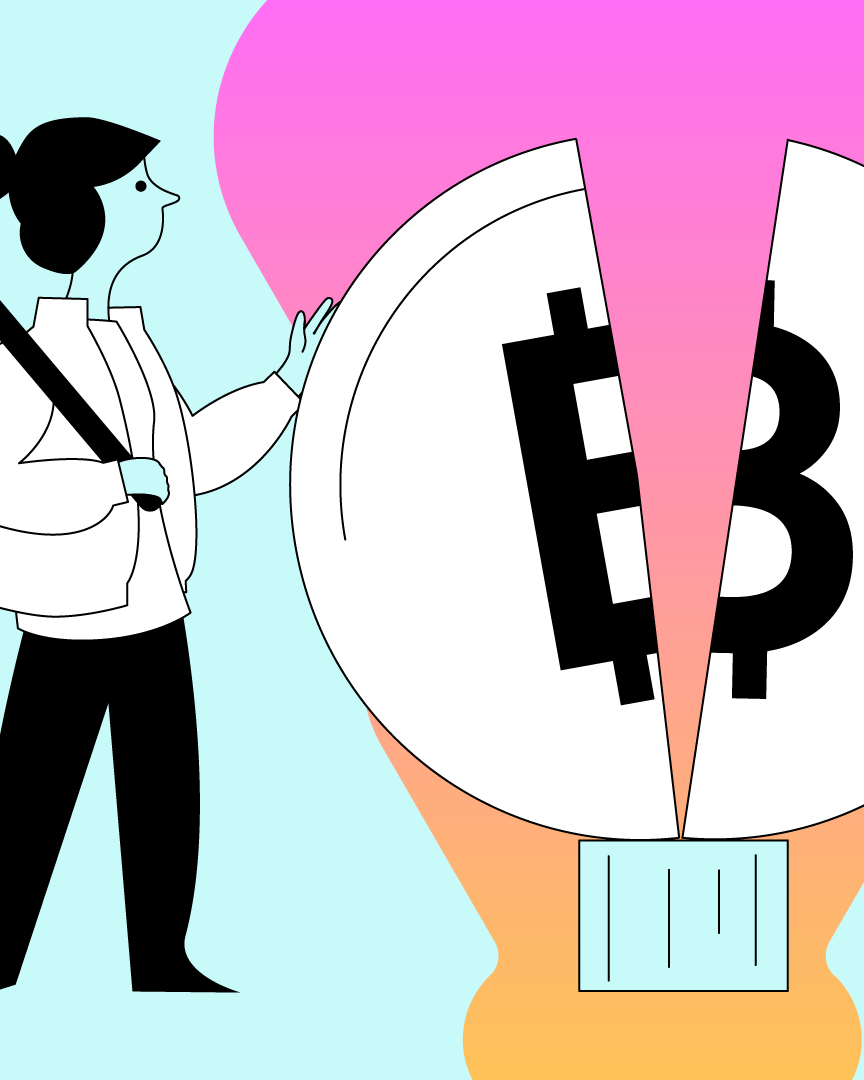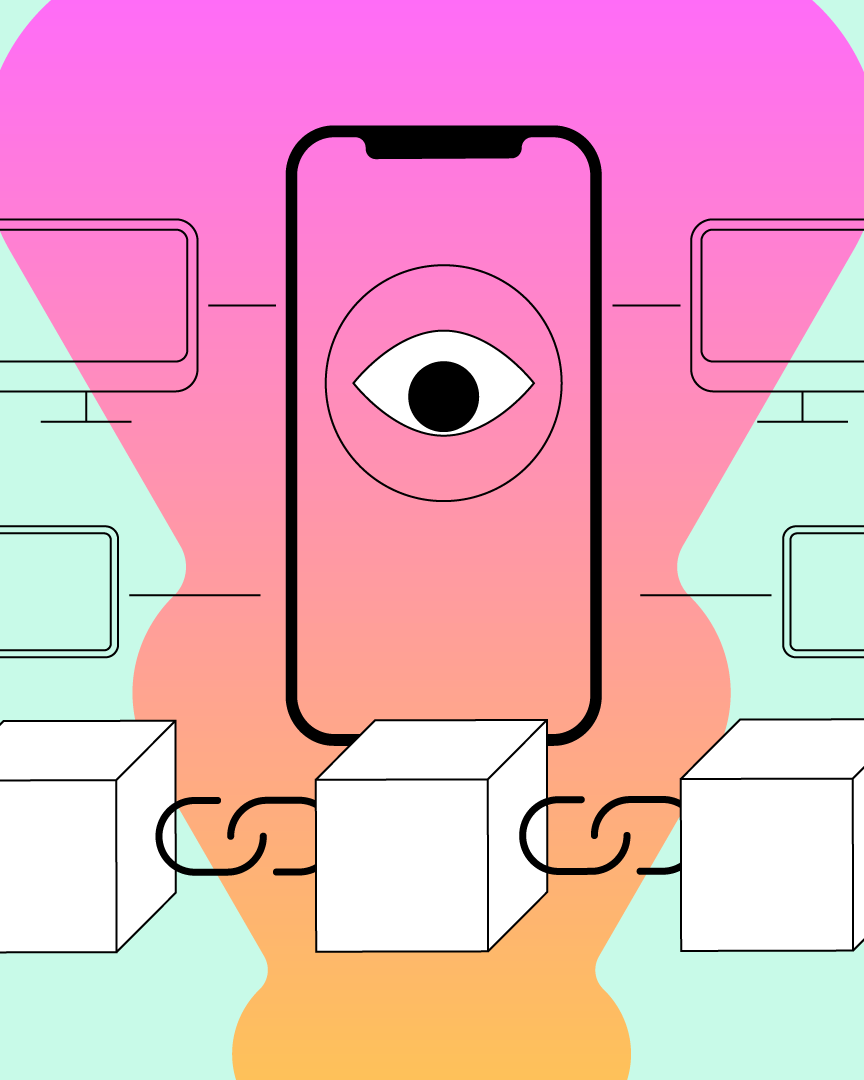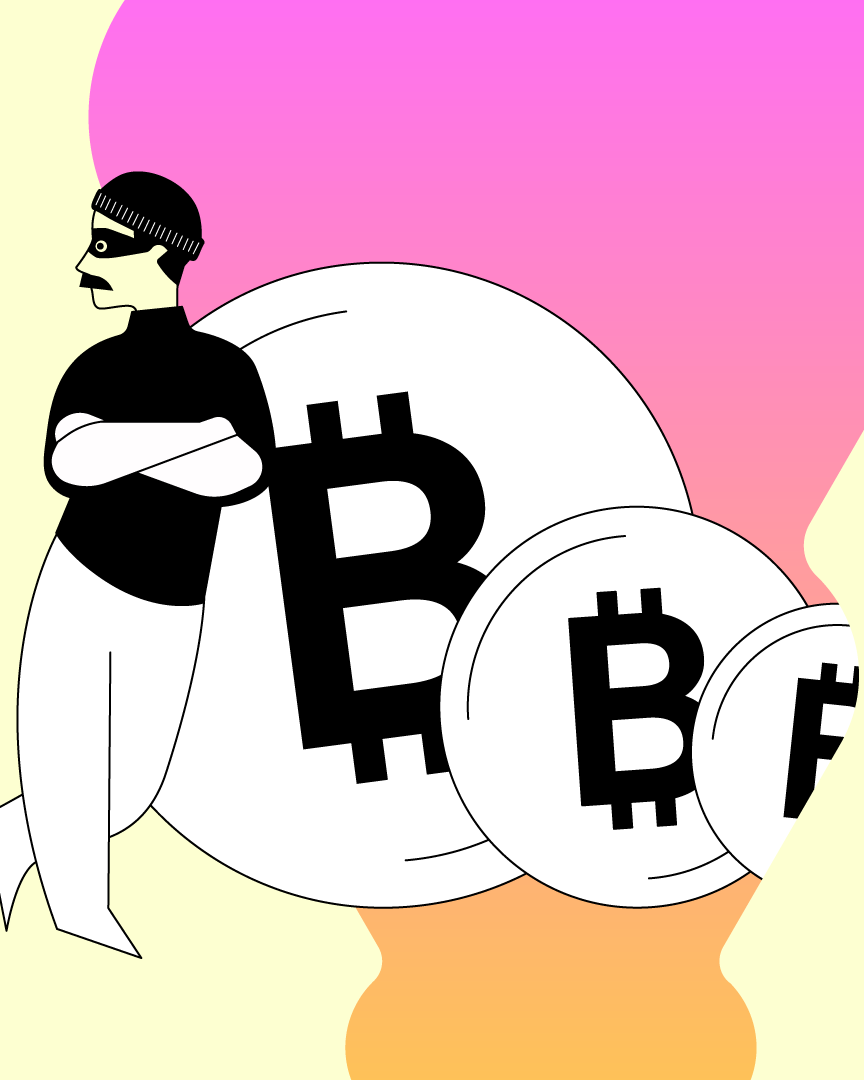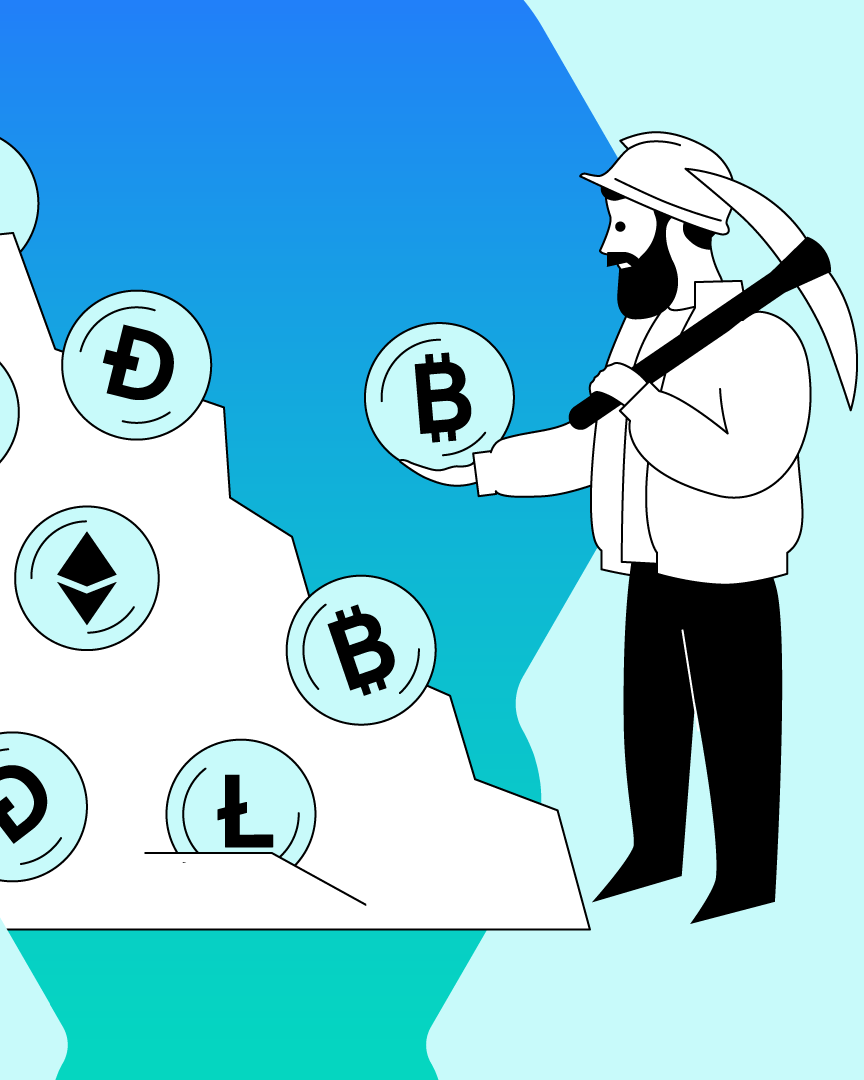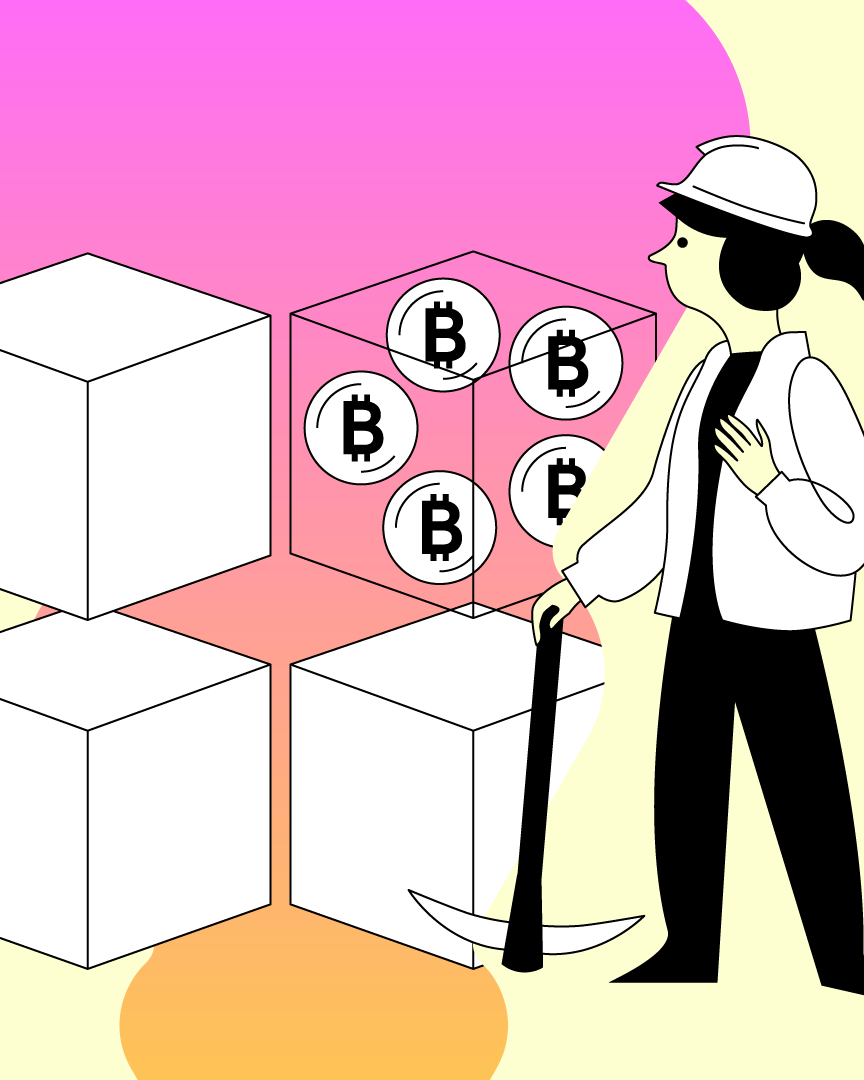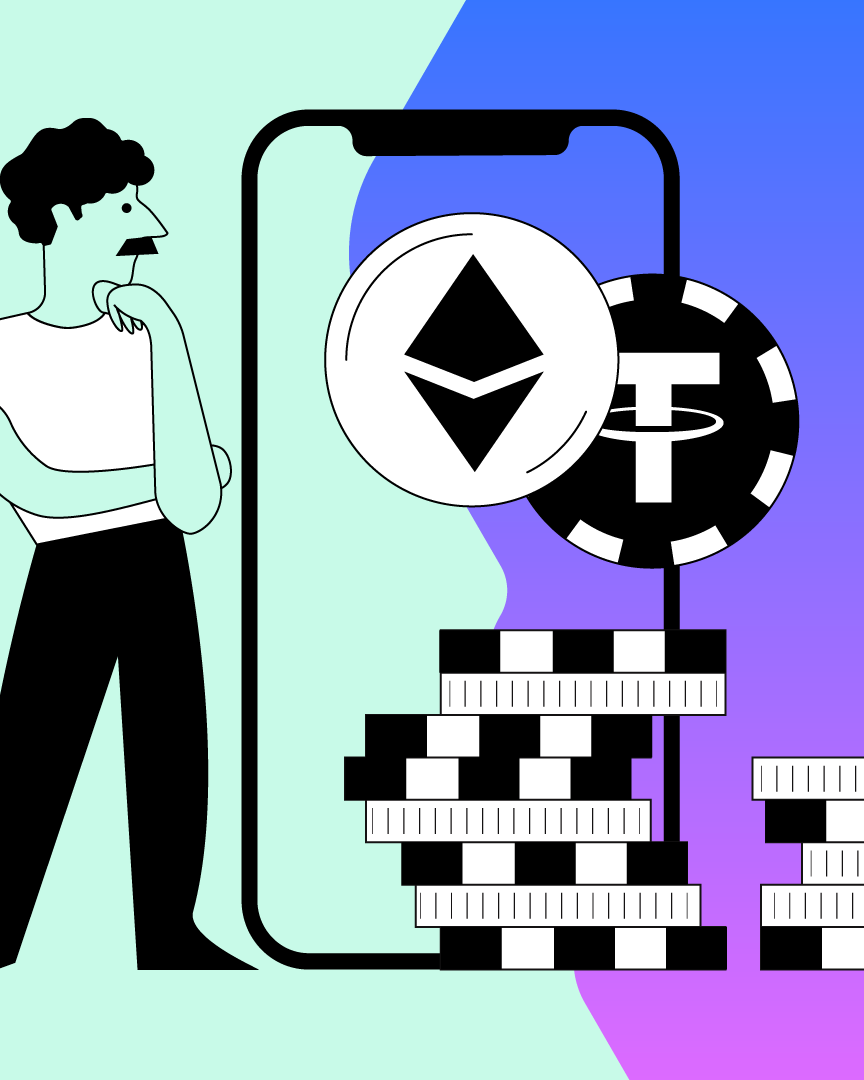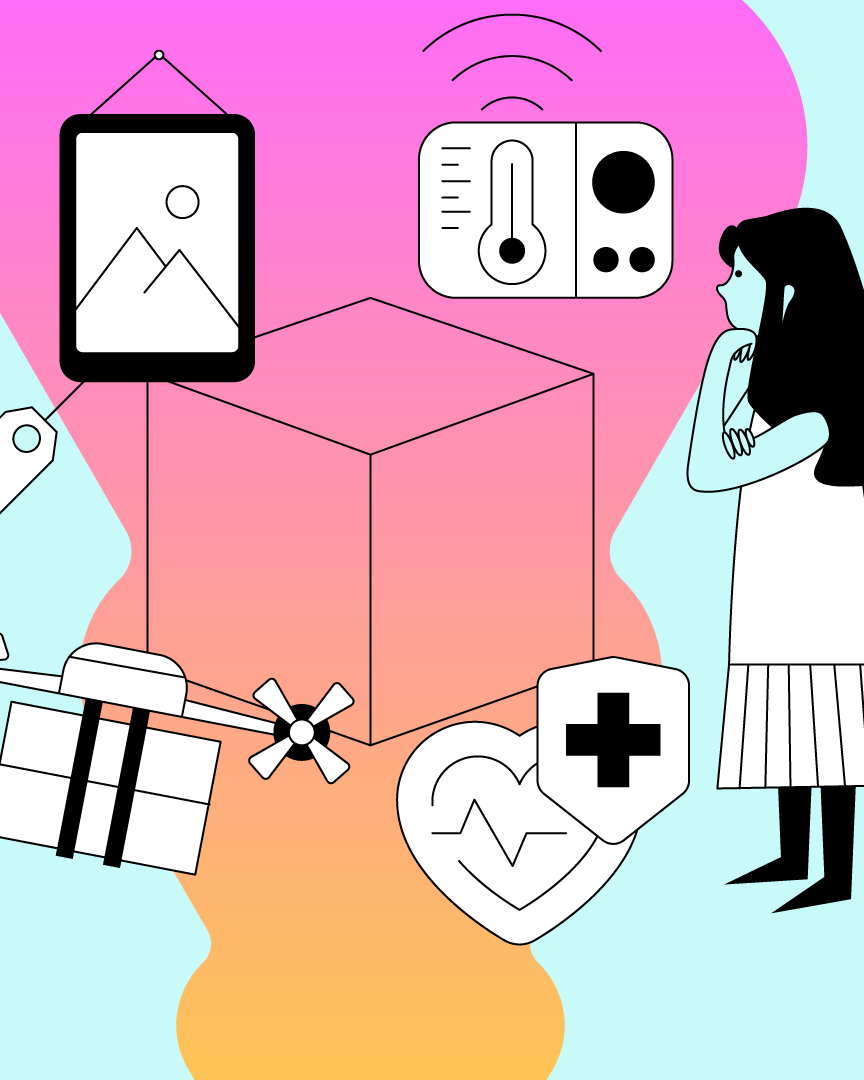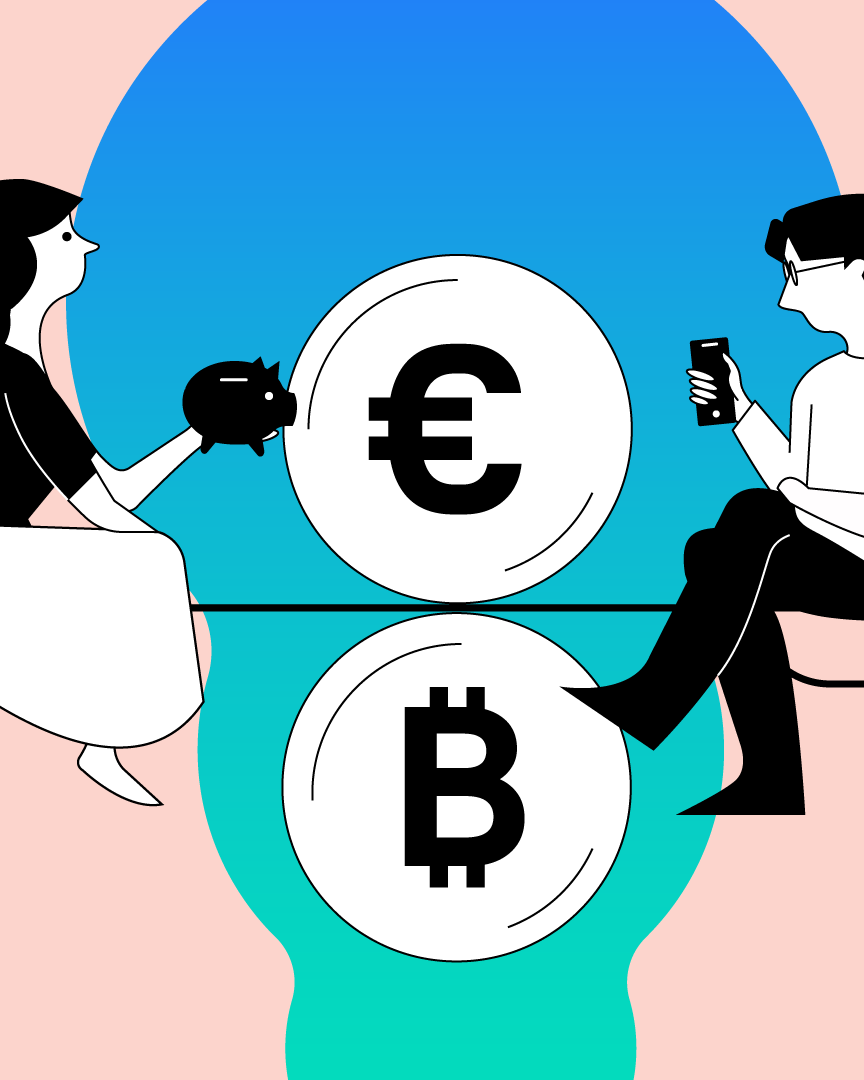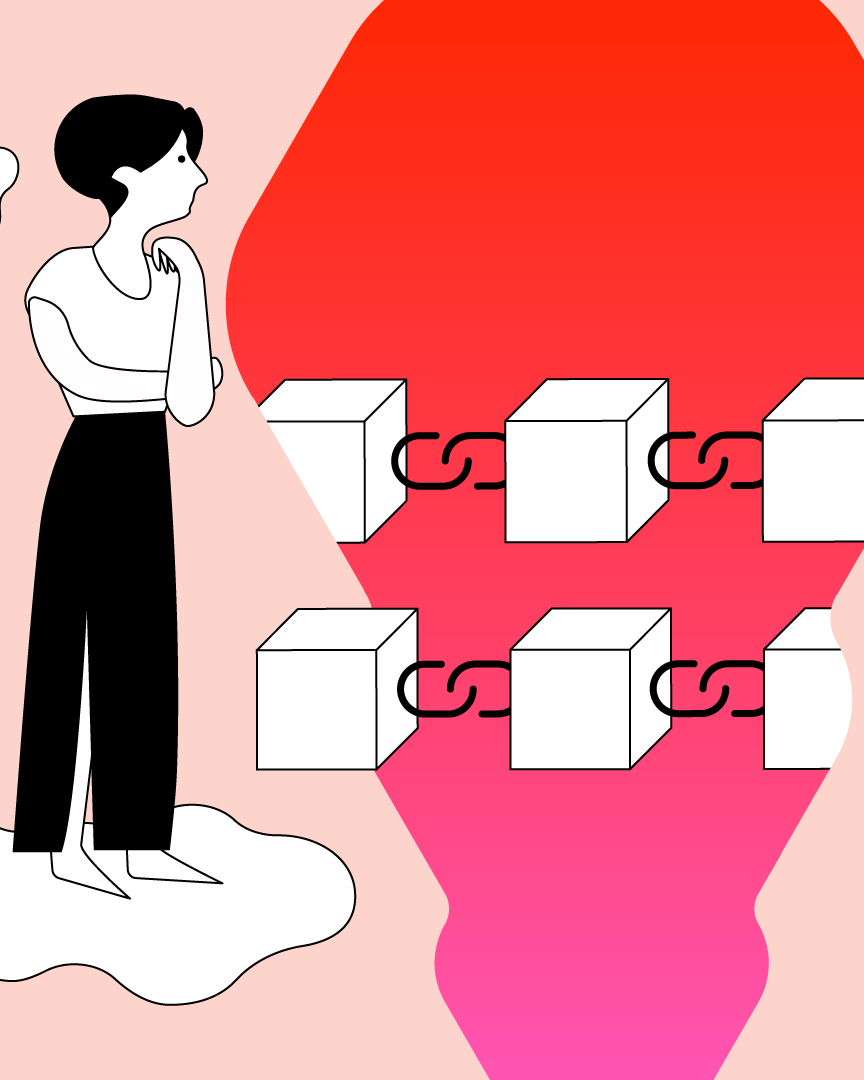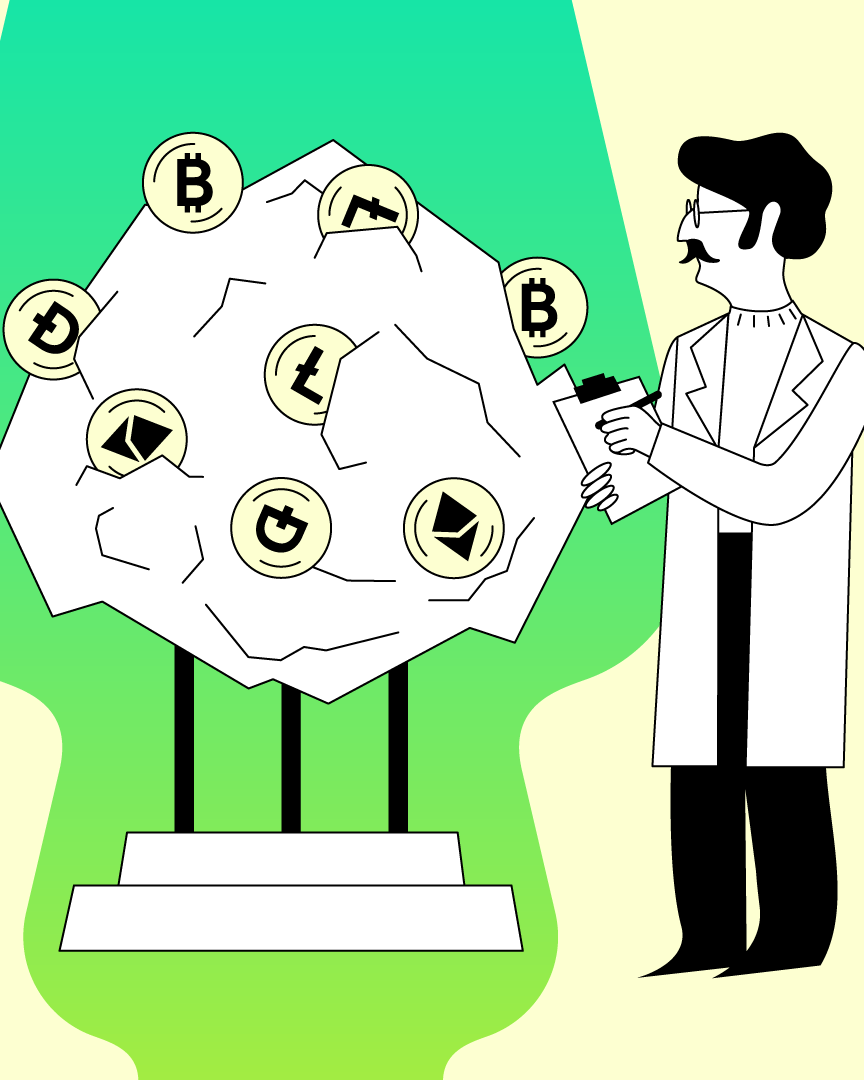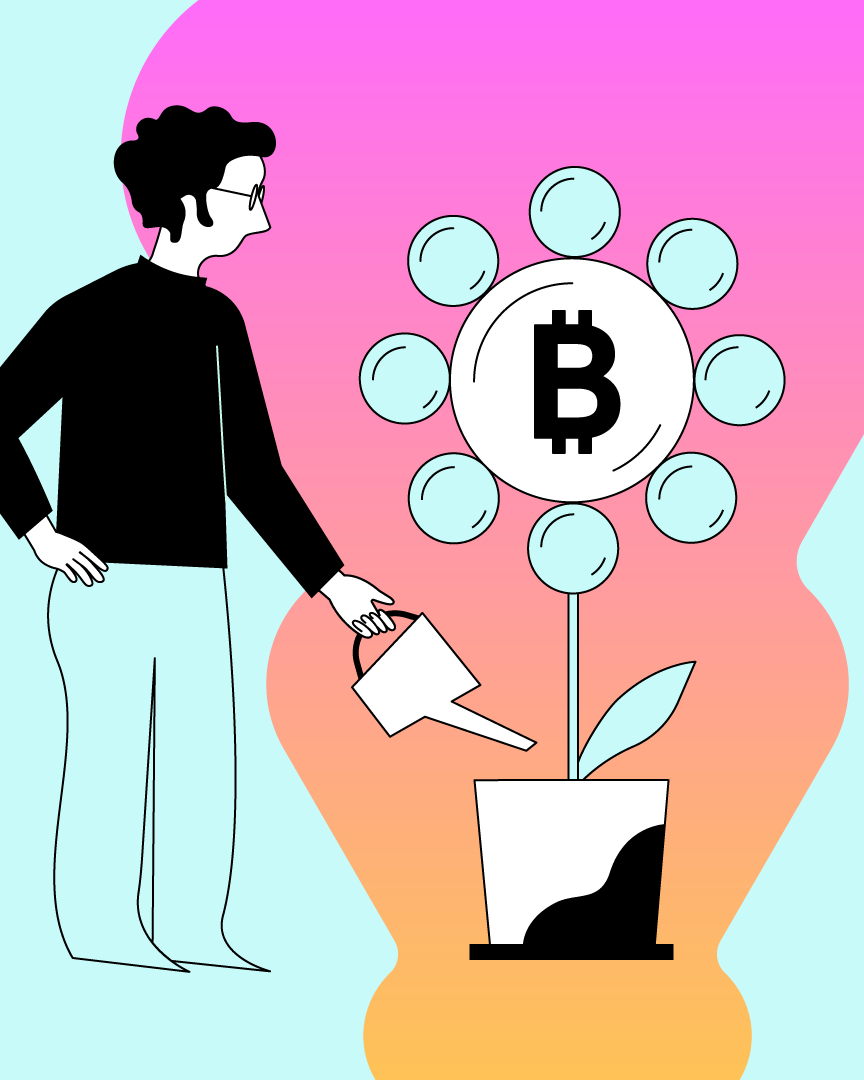1.18 How do mining pools work?
This lesson explains the function of mining pools in detail.

Now that we know what mining is and the different types of mining from our last lesson, let’s take it a step further with mining pools.
Similar to how physical mining requires substantial efforts, mining digital assets demand computational power. The mining process has become more competitive, with more miners joining blockchain networks like Bitcoin and Ethereum. In order to have a profitable mining venture for leading cryptocurrencies, it has become necessary to acquire specialized hardware equipment and set up a mining rig.
The additional expenses like installing cooling systems, electricity bills also pile up on top of installing a mining setup. As a result, individual mining has become unprofitable. So, miners resort to pool mining as it combines the collective computational power and increases the chances of getting rewards.
This lesson explains the function of mining pools in detail.
Contents
- What are mining pools?
- How do mining pools work?
- How do mining pools share rewards?
What are mining pools?
As the name implies, a mining pool is a group of miners. Individual miners agree to combine their computational power and work together to increase the chances of solving puzzles faster to access mining rewards.
If the pool succeeds in finding a solution, they share rewards amongst the members. Each member receives rewards in proportion to their contribution to the pool.
You may wonder how pool mining is better than solo mining where you do not have to share rewards with others. But isn’t it a better option than not being the first one to solve the problem and losing the reward as an individual miner after investing a lot of money, time, and energy?
How do mining pools work?
A mining pool acts as a coordinator and assigns work units to all the members of the group. The mining pool work involves managing members’ hashes, recording the work performed by each member, and distributing rewards. Each miner receives unique work units to avoid overlapping.
Once the assigned work unit is complete, miners can request more work units. There are two methods to assign the work to all the miners in a pool. One way involves assigning work units to the participants. In the alternative method, miners can choose their own work units. The pool gives miners the freedom to choose the amount of work they wish to take up. This method makes sure that no two miners choose the same range of work units.
How do mining pools share rewards?
After successfully completing all work units and creating a new block, the mining pool receives the reward. Now, it is time to share the reward among all the participants. The amount of reward miners get is proportional to their contribution to the processing power.
Mining pools share the rewards in the following methods.
The proportional method (PROP)
Mining pools that use the proportional method assign a certain share to the participants based on their share in the pool’s total hash power or computational power. The amount of share you receive depends on your share of the pool’s total hashing power.
The rewards are shared at the end of each mining round in the proportional method. So, the miners participating in the proportional mining pool receive rewards only after a new block is mined.
Pay-Per-Share method (PPS)
The Pay-Per-Share method means each miner in the pool will receive an instant fixed amount for every ‘share’ they submit. The mining pool keeps track of each miner’s work based on their submitted shares.
This is the most common reward distributing method. When you are a part of the PPS mining pool, you don’t need to worry about finding a new block. The mining pool recognizes your contributions and offers you your share. As the pool operator takes the risk, they charge a high fee either from the users or the block reward.
Pay-Per-Last-N-Shares method (PPLNS)
The Pay-Per-Last-N-Shares method is also popular in mining pools. It follows a complicated approach to share the rewards, unlike the other methods.
In the PPLNS method, you get your share only when the pool successfully finds the solution and mining the new block.
After finding a new block, the pool checks the last ‘N’ amount of shares submitted. To calculate the reward, the pool operator divides the number of your shares by N and then multiplies the result by the block reward.
You may find different variations of these methods in mining pools, but these are the most typically used ways.
That is how mining pools work and share rewards with the participants. Further examining mining for the most popular digital currency, we will understand why is it difficult to mine Bitcoin and the concept of pre-mined coins in our next lesson.
ES
This material does not constitute investment advice, nor is it an offer or solicitation to purchase any cryptocurrency assets.
This material is for general informational and educational purposes only and, to that extent, makes no warranty as to, nor should it be construed as such, regarding the reliability, accuracy, completeness or correctness of the materials or opinions contained herein.
Certain statements in this educational material may relate to future expectations that are based on our current views and assumptions and involve uncertainties that could cause actual results, performance or events to differ from those statements.
BB Trade Estonia OU and its representatives and those working directly or indirectly with BB Trade Estonia OU do not accept any liability arising from this article.
Please note that investing in cryptocurrency assets carries risks in addition to the opportunities described above.



